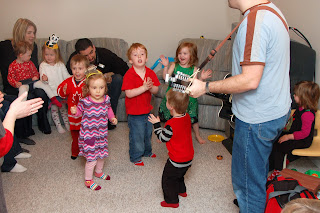1. Explain why exercises such as sit-ups and push-ups have to be modified for kindergarten and first grade students in the DVL 1 group.
Exercise such as sit-ups and push-ups have to be modified for kindergarten and first grade students in the DVL 1 group because at this particular young age instructing students to do these activities bluntly is considered not fun and work for the students. They become immediately turned off and will have a bad experience in their early years of physical education. This could prevent them from ever being interested in activity.
2. Why is rhythmic activity important for young children?
Rhythmic activity is important for young children do to their natural urge for rhythmic expression. Introducing rhythmic activity develops a system to better remember the activities that are being performed. It also allows for the activity to be fun for the students when relating the activity to themes such as “Busy Bee” and the “Brush Your Teeth” song.
3. Define laterality and explain why tracing giant letters helps reinforce cognitive learning?
Laterality is taking a concept that humans prefer to use one side of their body for a task over the other. Drawing the large letters stimulates the students cognitively, because young students have a tendency to remember large objects especially if they experience the task of tracing the letters with their psychomotor skills first hand.
4. Why are educators concerned about young children not being able to keep an internal beat?
An internal beat in a child is natural and is important to all forms of movement. Children who have problems keeping an internal beat can be a concern for educators due to problems that maybe occurring in the brain. This could prevent children from learning important information properly and cause learning disabilities.
5. Define home-lateral and cross lateral movements.
Homo-lateral movements are movements that involve using only one side of the body to do an activity. An example of this would be raising your right arm and leg at the same time. Cross lateral movement will involve action on the opposite side of the body. This could be alternating planks where you stick one arm out and the opposite leg out.


Great answers!
ReplyDelete